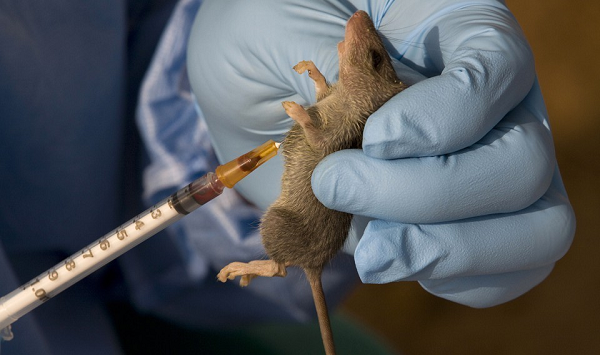On March 1, 2018, the Ghana Health Service (GHS) issued a press statement on a fatal case of Lassa fever.
That is dead and buried! COVID-19 happened and almost all other diseases disappeared.
Fast forward to February 26, 2023, the GHS issued a press release confirming 2 cases of Lassa Fever.
Two days later, an update is shared informing of one fatality and 13 active cases.
Sometimes those who catch Lassa fever may only feel weak or might have a fever or a headache.
This is when the virus decides to be nice.
It’s a nasty business, this Lassa fever, and difficult to treat.
The virus is transmitted through food or items contaminated with the urine or excreta of rats.
From person to person, the virus can spread through contact with the fluids of persons with the infection.
Presently, there is no vaccine for it.
The disease is endemic in West Africa.
That is to say; it is a native of West Africa.
During outbreaks, pieces of information on the disease are circulated particularly on social media.
The traditional press picks them up alongside alerts from the Ghana Health Service.
Social media circulations are helpful, especially to the lettered.
But hold on a minute our reservoir, the host of the Lassa virus, I mean the rats, are they on social media?
Do they listen to the radio or read newspapers?
No, at least, not in Ghana!
They mostly reside in the local markets, right?
That is where we get most of our foodstuffs.
I don’t joke with my shopping in the local market because that is where I get my bulk discount.
And that is why I speak for the rats (one of the creatures that scare me most, my housemates can confirm this).
One fine day, after the announcement of the first mortality from Lassa fever in Ghana this year, I made a trip to one local market.
As I combed through the market in search of “akrantie” (the rich man’s meat) for my ‘Dearest’ who was returning from a trip abroad that night, I stopped to purchase some other stuff.
At my first stop, I noticed a typical market-size rat scurry across a few meters away.
Forget my usual rat-related drama! One of the women reminded me that “as for these rats, they are part of us o”.
Immediately, Lassa fever came to mind, and so I began to engage the women around me in a conversation.
To my utter surprise (for the fact that I was in the market and that rats live in the market), none of the women knew about the disease nor the recent death.
Well, I used the opportunity to educate them about the relationship between rats and Lassa fever.
They were actually grateful for the information.
I moved on to the next group of women, none of whom also had any knowledge of the disease.
Again, I did my “little” education.
At that moment, I thought I needed a megaphone!
One of the most critical Lassa fever stakeholder groups did not have the slightest idea.
WHO says “Prevention of Lassa fever relies on community engagement and promoting hygienic conditions to discourage rodents from entering homes.”
From a Global Health and Infectious Diseases background, I know about the effectiveness of targeted community engagement in preventing and controlling an outbreak.
In Nigeria, an awareness campaign was done at some point in local markets. One state even banned the consumption of local ‘gari’ during an outbreak.
I cannot confirm if a market campaign has been initiated yet, but a MUST it is!
One life gone is a loss huge enough to scatter a family.
We may not be able to rid our markets of rats, but we can educate the sellers about food storage and handling.
They are important stakeholders and need to be engaged as best as possible.
GHS, over to you! May the megaphones be let out early enough! For “An ounce of prevention, {they say} is worth a pound of cure”, and “a stitch in time saves nine”.


